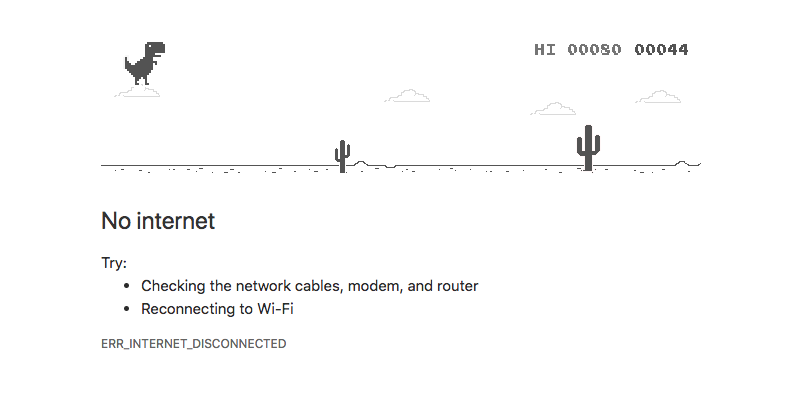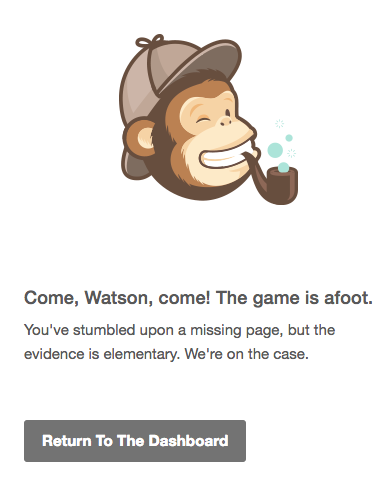A friend recently asked me a question that no UX writer wants to hear - Isn’t UX writing boring? That spiked my blood pressure for a second before (fortunately) rationale kicked in. I began to see why UX writing is often misunderstood as the dull, technical cousin of copywriting. It used to be, after all, done by engineers and product managers that pay no attention to how interface content could affect the overall experience. I’m glad to say that times have changed, albeit slowly; companies are beginning to pick up on the importance of well-designed content.
I have a three-pronged approach that combines strategy and creativity in my content design process. If you can find the sweet spot, you'll be on your way to creating a great content experience.
There are many resources for thinking strategically in content, but what I find lacking is the discussion around the creative process of UX writing. So that’s what I want to talk about today. Here’s how you can be creative in content experiences so users would feel the nuances and know there’s something more to it.
Tell a good story
Every experience is a story made up of a sequence of events. To craft a coherent and thoughtful narrative, plot the objectives you want to achieve at each interaction, tie in the expected user reactions, and define the emotions you want them to have in those micro-moments. These interactions may happen very quickly in products, especially on mobile. But every feeling that a user gleans from an interaction rolls into the next one and within a few seconds, the user could form a perception of the product and brand.
With objectives, reactions, and emotions plotted out, you’ll have a clear view of the journey you want users to take. Now is the time to put your writing skills to work and fulfill the objectives while connecting with users on an emotional level.
Throw in surprises
According to Tania Luna and Leeann Renninger, authors of Surprise: Embrace the Unpredictable and Engineer the Unexpected, humans need surprise to inspire a new perspective of our situation. It’s a great way to capture attention. You can hide Easter eggs in the experience, add quirky quotes, or better yet - innovate new features that are fun or inspiring.
Google’s dino game
If everything falls within expectation, sure, users would have no problem using the product. But boredom sets in if there are no significant changes after some time, especially in this age of diminishing attention span.
Now add humor
Whether it’s pop culture references, wordplays, or self-deprecating jokes, a dose of light humor could turn a negative situation around and reinforce a positive one. Done right, it could establish a brand’s personality and make it stand out.
MailChimp’s error 404
However, being funny is not a skill you can easily learn from a book or a video tutorial. Even though I’m a big fan of standup comedy and late night talk shows, I still find it really difficult to predict if a joke would be funny to others. What I do to improve my sense of humor is to observe things that happen around me and try to see the funny side of it. Sometimes, I let my imagination take over and come up with something totally absurd (like how I imagined a gardener with a backpack sprayer water can as a superhero that fights crime with his laser shooting nozzle).
So in reply to said friend that inspired this article - no, I don’t find UX writing boring at all. In fact, it’s more interesting than I thought it would be.
What other ways are there to be creative in UX writing? I’d like to hear from your experience. :)
References:
https://greatergood.berkeley.edu/article/item/why_humans_need_surprise
https://www.degordian.com/education/blog/decoding-creativity-think-like-child-act-like-adult
This article was originally published on my Medium blog.




